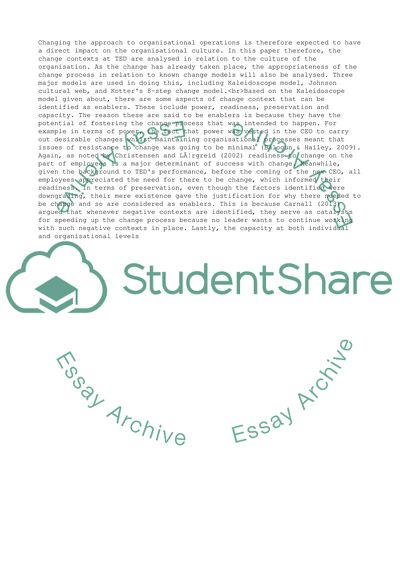Cite this document
(“Strategy choice and change Essay Example | Topics and Well Written Essays - 2750 words”, n.d.)
Strategy choice and change Essay Example | Topics and Well Written Essays - 2750 words. Retrieved from https://studentshare.org/business/1683075-strategy-choice-and-change
Strategy choice and change Essay Example | Topics and Well Written Essays - 2750 words. Retrieved from https://studentshare.org/business/1683075-strategy-choice-and-change
(Strategy Choice and Change Essay Example | Topics and Well Written Essays - 2750 Words)
Strategy Choice and Change Essay Example | Topics and Well Written Essays - 2750 Words. https://studentshare.org/business/1683075-strategy-choice-and-change.
Strategy Choice and Change Essay Example | Topics and Well Written Essays - 2750 Words. https://studentshare.org/business/1683075-strategy-choice-and-change.
“Strategy Choice and Change Essay Example | Topics and Well Written Essays - 2750 Words”, n.d. https://studentshare.org/business/1683075-strategy-choice-and-change.


